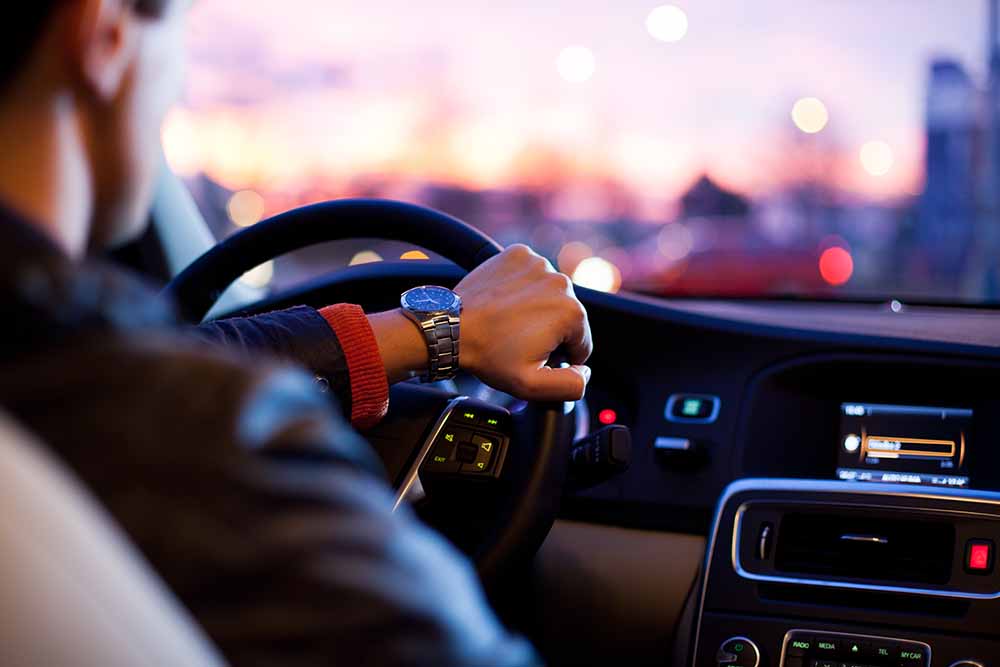
Simply changing the way you drive by using a few easy fuel-saving techniques can reduce your vehicle’s fuel usage by
While fuel prices have, thankfully, come down from 2022’s record-breaking $2 a litre prices, gas isn’t exactly cheap. As interest-rates remain high and other pressures strain household budgets, any way to easily save money is worth investigating.
To start with, find your vehicle’s officially-rated fuel consumption (measured in litres-per-100-kilometres) by using NRCan’s
Check those tires Ditch the junk Slice through the air Use technology to your advantage Drive smart, waste less, save money
Check those tires
It may sound like a small thing, but keeping your vehicle’s tires properly inflated with monthly checks has a huge impact on fuel economy. Under-inflated tires wear out faster, and “lower gas mileage by about 0.2 per cent
Ditch the junk
“The fuel consumption of a mid-size car increases by about
Slice through the air
A roof box, cargo rack or trailer can drastically increase fuel-consumption. Even something small — like a flag for your favourite hockey team, or keeping the windows open on the highway — is enough to create additional drag that burns more fuel. So take off any roof racks, cargo boxes or bicycle carriers when not using them.
Use technology to your advantage
Modern cars have some brilliant fuel-saving features. Here are some of the most common ones:
- Eco mode: In many newer cars you’ll find multiple driving modes, such as Sport or Snow. Fuel-efficient driving modes by different names — E, Economy, Eco — but they’re all designed to save fuel. Your vehicle may feel slightly less powerful in Eco mode, but that’s a non-issue in traffic.
- Automatic engine stop/start: This feature automatically switches off the engine while the car is stopped at red lights, and then automatically restarts the engine when drive off. Early stop/start systems could be a little herky-jerky, but the latest ones are buttery smooth and can reduce fuel consumption by 2 per cent,
- Cylinder deactivation: Some vehicles can save fuel by simply “turning off” part of the engine when full-power isn’t needed, such as when coasting on the highway or accelerating gently. Cylinder deactivation can reduce fuel consumption by up to 5 per cent.
Drive smart, waste less, save money
These six fuel-saving driving techniques, all endorsed by NRCan, are also just tips for being a good driver. Following these techniques won’t just cut your fuel bills and save you money – they could also make you safer on the road.
- Don’t speed: By doing 100 km/h instead of 120 km/h on the highway, your car will burn 20 per cent less fuel. So, stick to the speed limit and you’ll save on gas.
- Accelerate slowly: This doesn’t mean be a turtle on the road, but accelerate gradually rather than putting the pedal to the metal every time. Slow and steady really does win this race!
- Think ahead: Try looking farther ahead than you normally would when driving. Watch for traffic lights about to change, and cars that might pull out in front of you. This way you won’t waste gas by, for example, speeding towards a red light only to slam on the brakes.
- Leave space: Following too closely behind another car limits viability and will have you braking and accelerating suddenly, which ends up burning more gas.
- Be steady: Be steady on the throttle pedal; you don’t want to be tapping that right foot like you’re listening to a great song. Your passengers will appreciate the smoother ride too. Research has found that constantly speeding up and slowing down from 75 to 85 km/h every 18 seconds increases fuel use by 20 per cent. (Yikes!)
- Just coast: By looking and ahead and leaving extra space, you’ll be able to anticipate when traffic is slowing down. Knowing that, you can get off the throttle earlier, burning less fuel.
For drivers who want to drive deeper into fuel-saving techniques, Natural Resources Canada has put together a